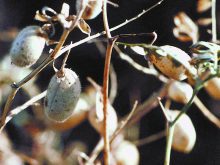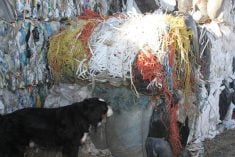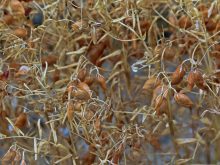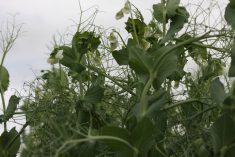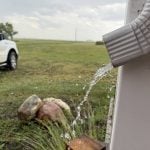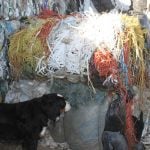LINDELL BEACH, B.C. – Researchers have found another use for grass buffer strips – trapping and breaking down veterinary antibiotics contained in manure that has been spread as fertilizer.
“Vegetative buffers already are a recommended practice for reducing sediment, nutrients and herbicides in surface runoff,” said Keith Goyne, an assistant professor of environmental soil chemistry in the University of Missouri’s environmental and atmospheric sciences department.
“Our research is showing another benefit.”
The findings, which were published in the journal Agroforestry Systems, come at a time when concerns are increasing about the use of veterinary antibiotics in livestock production.
Read Also
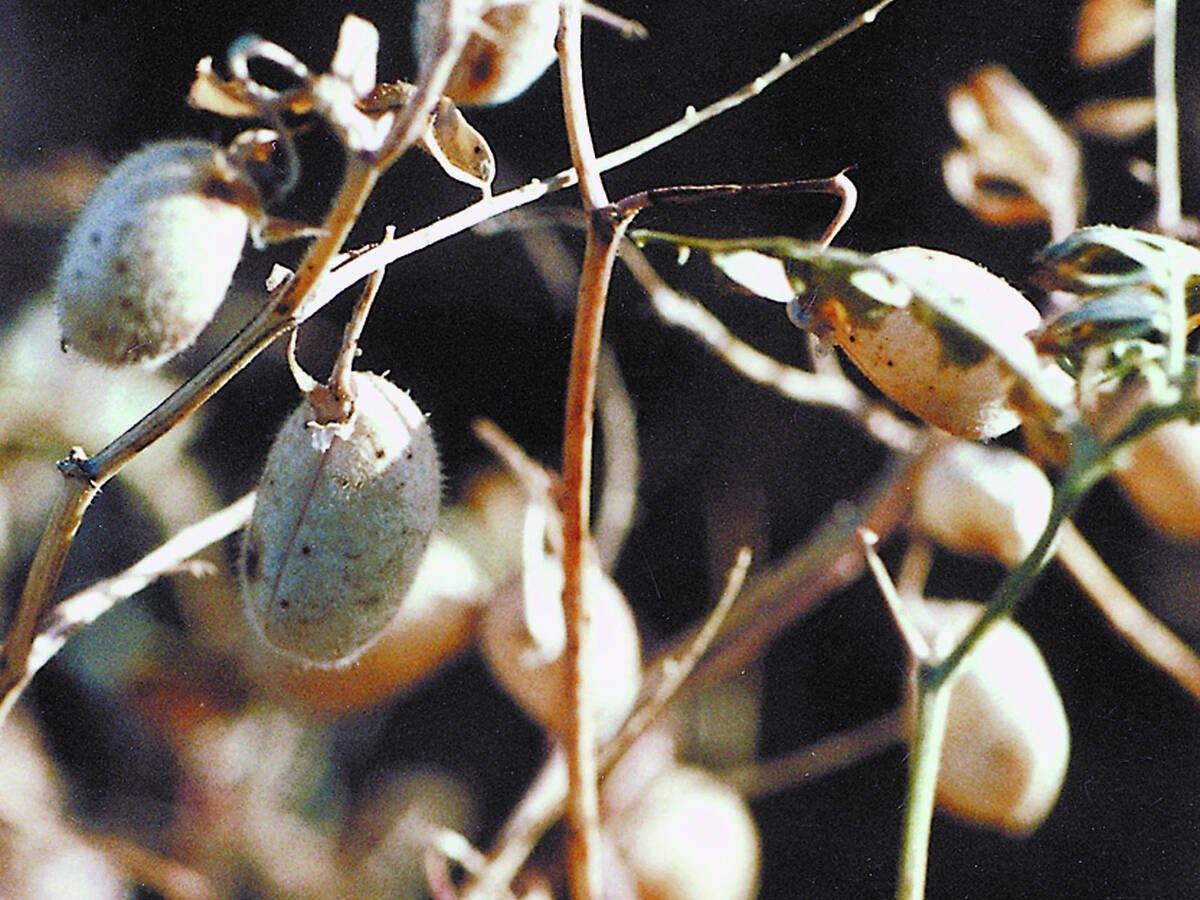
Chickpea harvest forecasts see big disparity
Chuck Penner is forecasting 345,000 tonnes of chickpeas but a trader thinks the real number is closer to 500,000 tonnes.
It’s estimated that 30 to 80 percent of a medication dose may be excreted as waste rather than absorbed by the animal, Goyne said. It can remain in the manure, which can find its way into surface runoff, streams, lakes and rivers if spread as fertilizer.
“I believe the first studies investigating some of these issues focused on drugs in hospital waste water,” Goyne wrote in an e-mail interview.
“Once some of those compounds were found in surface waters, particularly in rural areas, scientists started questioning where they came from and how they were transported to water resources.”
Goyne said advanced analytical tools that can detect low level concentrations of antibiotics in environmental samples helped crack the case.
A 2006 study found veterinary antibiotics (VA) in private drinking wells. The concentrations appear to be too small to pose a direct threat to human health, but there is concern that these compounds in soil and water may promote the development of drug-resistant bacteria that could affect wildlife, livestock and humans and compromise the environment by disrupting communities of soil microbes.
“There are studies that have detected VA-resistant microorganisms in wildlife and livestock,” Goyne said.
“I am aware of one medical study that documented infection of a human with a VA-resistant microorganism from contact with livestock.”
Goyne sampled three study sites where vegetation buffers and crops were grown:
* Tree-grass (agroforestry) combination;
- Grass only;
- Corn-soybean rotation.
In the lab, samples were exposed to different concentrations of two common veterinary antibiotics, sulfadimethoxine and oxytetracycline, and then measured to see how much veterinary antibiotics were in the solution and how much stayed the soil.
The results allowed the researchers to evaluate differences in soil and vegetation type.
Veterinary antibiotics are applied for therapeutic, preventive or growth promotion reasons. They are usually administered as an additive in animal feed when used for prevention or growth promotion.
Goyne said plant buffer design is important and the subject of ongoing study.
“We have found increased retention of the VAs studied in soils where both trees and grass were grown together compared to grass only or row crops.”
Researcher Chung-Ho Lin said plant communities will naturally vary with geographical regions and ecosystem types.
“Among different buffer designs that we have tested, tall fescue buffer was most effective at trapping the antibiotics in the surface runoff,” Lin said.
“Four to eight metres of tall fescue buffer can reduce the antibiotics in the surface runoff by 75 to 80 percent. The incorporation of a particular species, like hybrid poplar, will help to enhance the degradation of the antibiotics and their metabolites.”
The researchers are continuing to study buffer designs and the advantages of using one particular grass species, a mix of grass species, a mix of native plants and a single grass species combined with a particular tree species.
“If there are particular tree species that work well in a buffer design, this may provide farmers with an alternative source of income,” Goyne said.
“For example, if black walnut trees enhance the degradation of VAs, then perhaps the landowner could harvest the nuts in future years and gain additional income. Ecosystem services, in addition to mitigating VA loss from agroecosystems, are also important. There may be native species that could be used in buffers to provide cover or food for wildlife.”
The researchers are also studying what soil properties may be influenced by specific plant species, how buffer management influences soil properties and whether changes in soil properties due to particular plants and land management decisions enhance or reduce veterinary antibiotic retention in the soil.


